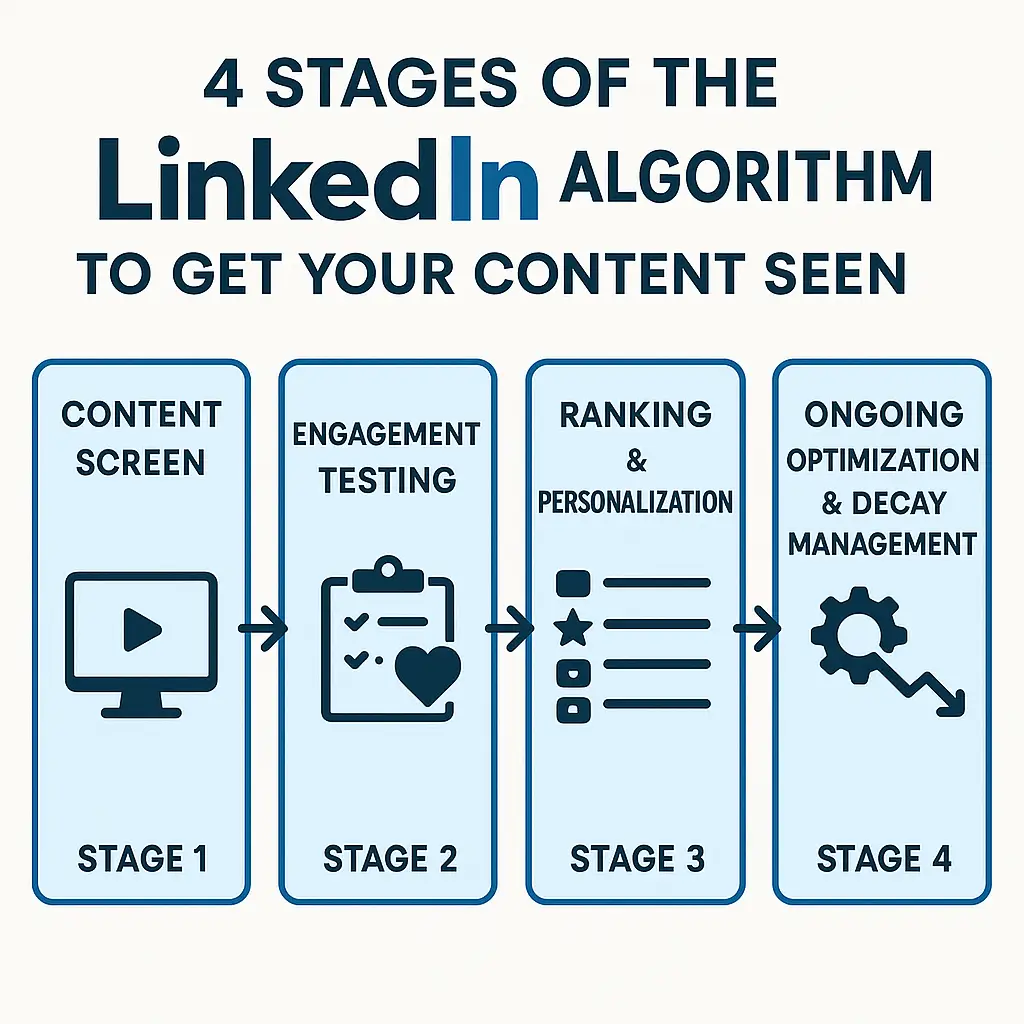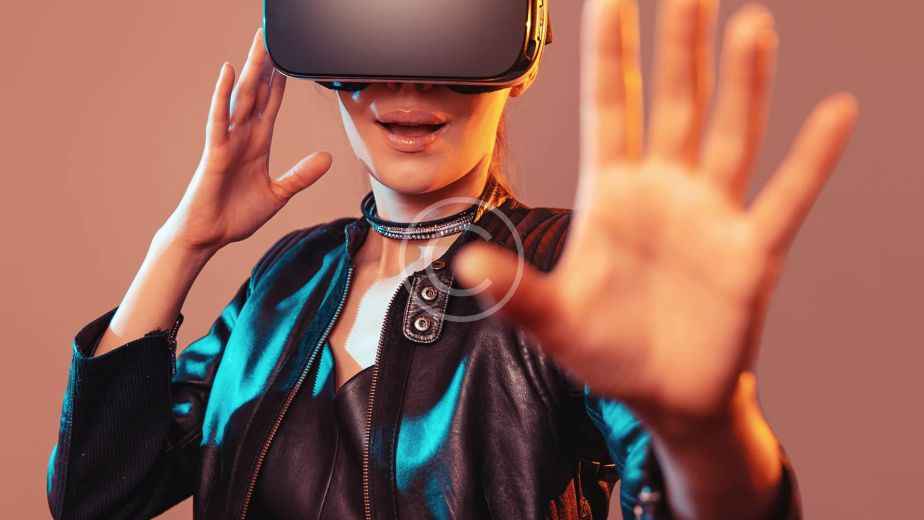Decoding the LinkedIn Algorithm: How to Get Your Content Seen in 2025
LinkedIn, the premier professional networking platform, uses a complex algorithm to determine which content gets seen by its users. Understanding how this algorithm works is crucial for anyone looking to maximize their reach and engagement on the platform. Here’s a breakdown of the key stages and factors that influence content visibility on LinkedIn, updated for 2025.
Stage 1: Content Screening (Spam & Quality Check)
The first hurdle your content faces is the initial screening process. LinkedIn’s AI rigorously checks for:
- Spam Signals: This includes excessive hashtags (5+), engagement bait (e.g., “like this post if you agree”), and content that appears to be AI-generated.
- Account Reputation: Accounts that post excessively (more than 8 times per day) or send too many connection requests are penalized.
- Link Analysis: Including URLs within the first 300 characters of your post can reduce its reach by approximately 40%. It’s generally better to add links in the comments section.
If your post is flagged as spam, it will be removed or severely restricted. Low-quality content is limited to first-degree connections, while high-quality content proceeds to the next stage.
Stage 2: Engagement Testing (“Golden Hour”)
If your post passes the initial screening, it enters the “golden hour,” a crucial period where the algorithm tests its engagement potential with a limited initial audience (around 250 views). The algorithm looks for:
- Notification Followers: Needs ≥3% engagement to move forward.
- Active Followers: Needs ≥5% engagement.
- 2nd & 3rd Degree Connections: Needs ≥1% engagement.
Posts that perform well during this stage are deemed “successful content” and move on to the ranking and personalization stage. Underperforming content sees limited further distribution.
Stage 3: Ranking & Personalization
In this stage, the algorithm ranks content based on several factors to personalize the feed for each user:
- (25%) Creator Authority: LinkedIn prioritizes content from established experts and thought leaders in specific industries.
- (20%) Social Proximity: Content from your first-degree connections is given preference.
- (15%) Content Type: The type of content (article, image, video) influences its visibility.
- (15%) Engagement Velocity: The speed at which your post accumulates likes, comments, and shares is a significant ranking factor.
- (25%) Personalization: LinkedIn uses your past activity and interests to show you content it believes you’ll find relevant.
Stage 4: Ongoing Optimization & Decay Management
The LinkedIn algorithm doesn’t just set it and forget it. It continuously monitors and adjusts content visibility:
- Engagement Decay Rules: Standard posts experience a 50% reach drop after 48 hours. However, “evergreen” content that maintains consistent engagement can retain its visibility for longer.
- Negative Feedback Effects: If users click “hide post” on your content, your future reach can be reduced by around 16% per user. Receiving 3 or more spam reports can trigger an account review.
- Focus on High-Quality, Relevant Content: LinkedIn prioritizes valuable, insightful content over promotional or spammy posts.
- Encourage Meaningful Engagement: Ask questions, respond to comments, and foster discussions to boost your post’s visibility.
- Optimize for the “Golden Hour”: Aim to get strong engagement within the first hour of posting.
- Build Your Authority: Establish yourself as an expert in your field to increase the reach of your content.
- Understand Your Audience: Tailor your content to the interests and needs of your connections.
- Use Visuals: Images and videos can often perform better than text-only posts.
- Be Consistent: Regular posting helps to maintain visibility and build your network.
By understanding and adapting to the LinkedIn algorithm, you can significantly improve your content’s reach and engagement, helping you achieve your professional goals on the platform.



